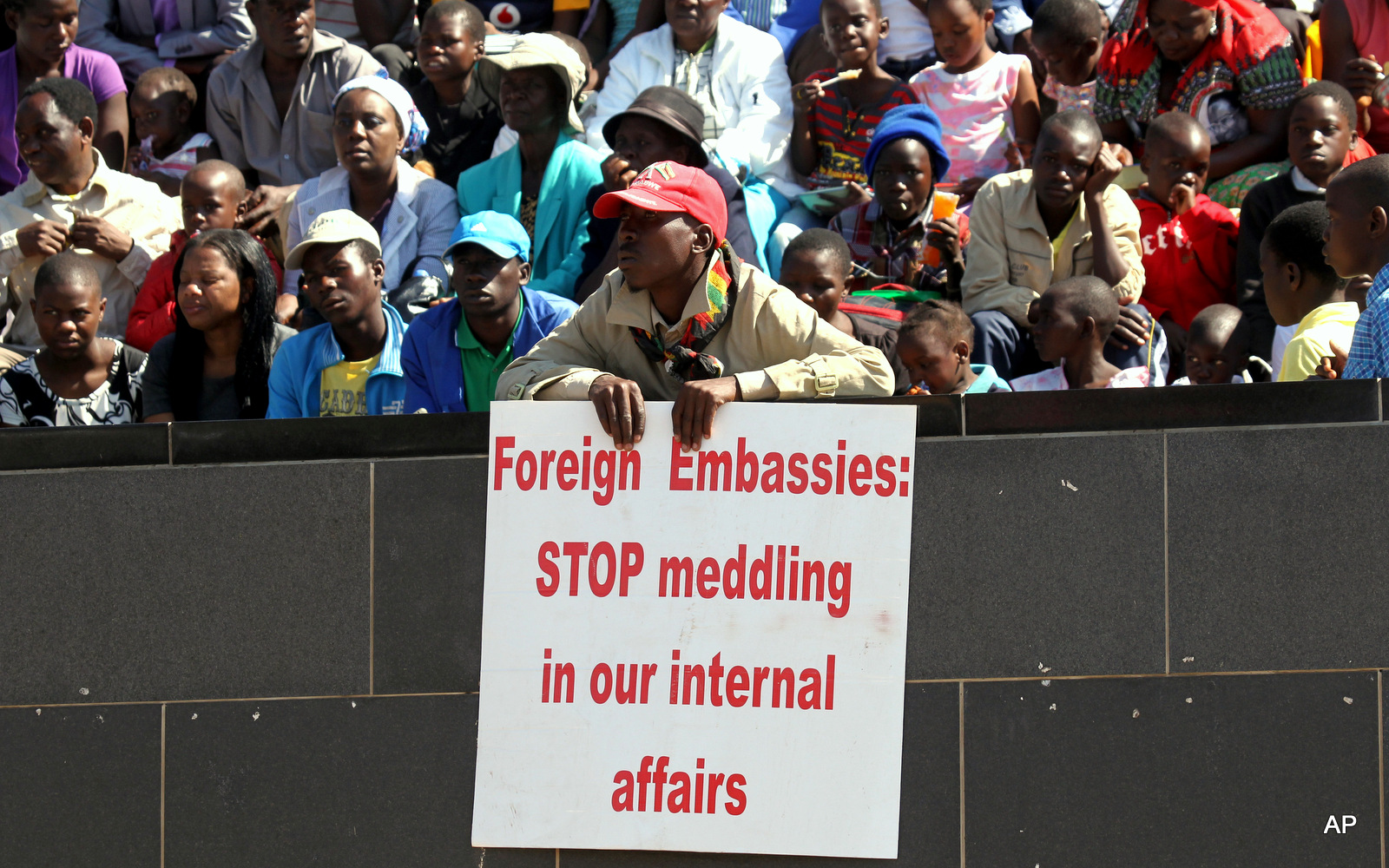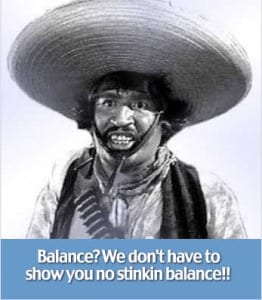#ThisFlag: Surprise Social Media Phenomenon or US-Manufactured Uprising?
In reporting on Zimbabwe, the mainstream media gives the impression that recent protests rallying around the Twitter hashtag “ThisFlag” are an epic struggle against a corrupt dictatorship.
Robert Mugabe, the 92-year-old president of Zimbabwe and leader of the Zimbabwe African National Union – Patriotic Front (ZANU-PF), is presented as a “dictator” and “authoritarian,” while his opponents are held up as advocates of democracy and human rights.
In its brief snapshot of Zimbabwe’s politics, the Western press portrays Evan Mawarire, a Baptist preacher, as a social media phenomenon and “Zimbabwe’s most unlikely dissident.” Mainstream media accounts of his movement that spawned the biggest protests against Mugabe in a decade, arrest for inciting public violence, and most recently, his flight to the United States, portray him as kind of Martin Luther King Jr. figure, someone who is leading peaceful protest against corruption.
In the mainstream media’s narrative, Mawarire is defined not by his own motivations, actions, or goals, but simply by his adversary.
That adversary is Mugabe, who also happens to be an adversary of Washington.
US fingerprints all over recent protests
In addition to a history of U.S. support for the country’s major opposition party, the Movement for Democratic Change, a slew of protests which have swept Zimbabwe in recent months have certain attributes that suggest backing and direction from the U.S.

A supporter of Zimbabwean President Robert Mugabe holds a banner with a message for foreign embassies, at a gathering to honor the country’s dead heroes, at the National Heroes Acre in Harare, Monday, Aug. 8, 2016.
In May, opposition parties in Zimbabwe began protesting against China, a country whose international machinations are often at odds with U.S. hegemonic interests. Willias Madzimure, the secretary of international relations for the oppositionist People’s Democratic Party, wrote an editorial calling for all Chinese people to be deported. Noting high unemployment, rampant poverty and drug shortages, Madzimure asserted:
“[T]he Chinese have literary [sic] invaded the national economy and are milking all the profits back to Shanghai, Beijing and Hong Kong. In return for having been given unfettered access to the national economy by the desperate Mugabe regime, the Chinese have offered political protection at international level.”
On June 24, protesters gathered at the Rainbow Towers Hotel in the capital Harare, demanding that Vice President Phelekezela Mphoko and his family to vacate their suite and move into a government-provided mansion — accommodations which are both funded through taxpayer money. When the group refused to leave, riot police arrived to forcibly remove them.
These events came just ahead of the emergence of Mawarire’s #ThisFlag movement. Much like the Euromaidan protests which toppled the Russian-aligned government in Ukraine in early 2014, protesters’ initial demands were vague, just references to “corruption” and demands for “accountability.” Their slogan was simply “this flag,” short for “this flag deserves better.”
However, the BBC reported five specific demands on July 16: “Pay civil servants on time; Reduce roadblocks and stop officers harassing people for cash; President Robert Mugabe should fire and prosecute corrupt officials; Plans to introduce bond notes to ease a cash shortage should be abandoned; Remove a recent ban on imported goods.”
And although some Western media have called the protests “peaceful,” they’ve been marked by violent clashes between protesters and police, which have resulted in widespread arrests.
#ThisFlag: Accidental or manufactured social media phenomenon?
Another indication of foreign sponsorship and involvement in the protests is the prominence of #ThisFlag on social media platforms like Twitter and Facebook, U.S.-based corporations which routinely coordinate with government agencies around the world.
The campaign was announced by Mawarire on April 19 in a video posted on Facebook (a platform that’s been proven to have a team of “news curators” who make politically-biased decisions about what news stories and political messages to highlight) and YouTube. Draped in the country’s flag, Mawarire described himself as “a citizen, not a politician” and gave a vague speech describing frustrations with the economy.
Mawarire’s Facebook post which is credited with being the impetus for #ThisFlag:
His personal Facebook page reached the maximum 5,000-friends limit within days of his first video going viral, more than 45,000 users have “Liked” the “ThisFlag” Facebook page, and his Twitter account has over 40,000 followers. He’s continued to regularly post videos and other content related to the movement to his Facebook page, which has nearly 65,000 followers.
Yet some in Zimbabwe, like education minister Jonathan Moyo, were quick to dismiss the movement. He told Bloomberg News in May: “It’s a lie that it’s an internet sensation.”
Before a single protest had even taken place, social media was abuzz with videos, articles, and photographs decrying Zimbabwe’s economic situation and urging people to wear the country’s flag and prepare for upcoming protests. Could so much publicity and controversy erupt in response to a single video, made by a seemingly random, previously unknown pastor? Maybe, but it’s more likely that powerful forces both within and outside of Zimbabwe were looking to advance Mawarire’s message and utilize the unfolding unrest to promote their own interests.
ZANU-PF, the political party that emerged from the armed uprising that toppled the apartheid regime of Rhodesia, has never been a favorite of Western leaders. The #ThisFlag uprising, it should be noted, emerged after Zimbabwe announced that it would adopt the Chinese yuan as legal tender and nationalize the country’s diamond mines.
After he was released from his brief detainment, Mawarire, who started the #ThisFlag movement with a Facebook video, fled to neighboring South Africa, seeking “safety,” before arriving in the U.S. earlier this month. He has vowed to lead protests against government corruption outside an annual meeting of heads of state at the United Nations next month.
According to reports, #ThisFlag supporters are “divided” or “fuming” over the pastor’s decision to leave for the U.S. It remains to be seen what will happen with the movement going forward, but Mawarire’s destination provides perhaps yet another indication that the uprising was most likely intended to advance Washington’s ultimate goals for Zimbabwe.
President Mugabe indicated as much on July 19. Speaking to thousands of people gathered at a funeral for the country’s first black cabinet secretary, the BBC quoted Mugabe as saying that “if people like Mr Mawarire did not like living in Zimbabwe, they should go to ‘the countries of those who are sponsoring them.’
 Is an American journalist and political analyst. Tasnim News Agency described him as "a native of Ohio who has campaigned against war and the U.S. financial system." His political activism began while attending Baldwin-Wallace College in Ohio. In 2010, he video recorded a confrontation between Collinwood High School students who walked out to protest teacher layoffs and the police. His video footage resulted in one of the students being acquitted in juvenile court. He was a figure within the Occupy Wall Street protests in New York City. Maupin writes on American foreign policy and other social issues. Maupin is featured as a Distinguished Collaborator with The Greanville Post. READ MORE ABOUT CALEB MAUPIN HERE.
Is an American journalist and political analyst. Tasnim News Agency described him as "a native of Ohio who has campaigned against war and the U.S. financial system." His political activism began while attending Baldwin-Wallace College in Ohio. In 2010, he video recorded a confrontation between Collinwood High School students who walked out to protest teacher layoffs and the police. His video footage resulted in one of the students being acquitted in juvenile court. He was a figure within the Occupy Wall Street protests in New York City. Maupin writes on American foreign policy and other social issues. Maupin is featured as a Distinguished Collaborator with The Greanville Post. READ MORE ABOUT CALEB MAUPIN HERE.
Note to Commenters
Due to severe hacking attacks in the recent past that brought our site down for up to 11 days with considerable loss of circulation, we exercise extreme caution in the comments we publish, as the comment box has been one of the main arteries to inject malicious code. Because of that comments may not appear immediately, but rest assured that if you are a legitimate commenter your opinion will be published within 24 hours. If your comment fails to appear, and you wish to reach us directly, send us a mail at: editor@greanvillepost.com
We apologize for this inconvenience.
Nauseated by the
vile corporate media?
Had enough of their lies, escapism,
omissions and relentless manipulation?
Send a donation to
The Greanville Post–or
But be sure to support YOUR media.
If you don’t, who will?
![]()
=SUBSCRIBE TODAY! NOTHING TO LOSE, EVERYTHING TO GAIN.=
free • safe • invaluable
[email-subscribers namefield=”YES” desc=”” group=”Public”]

